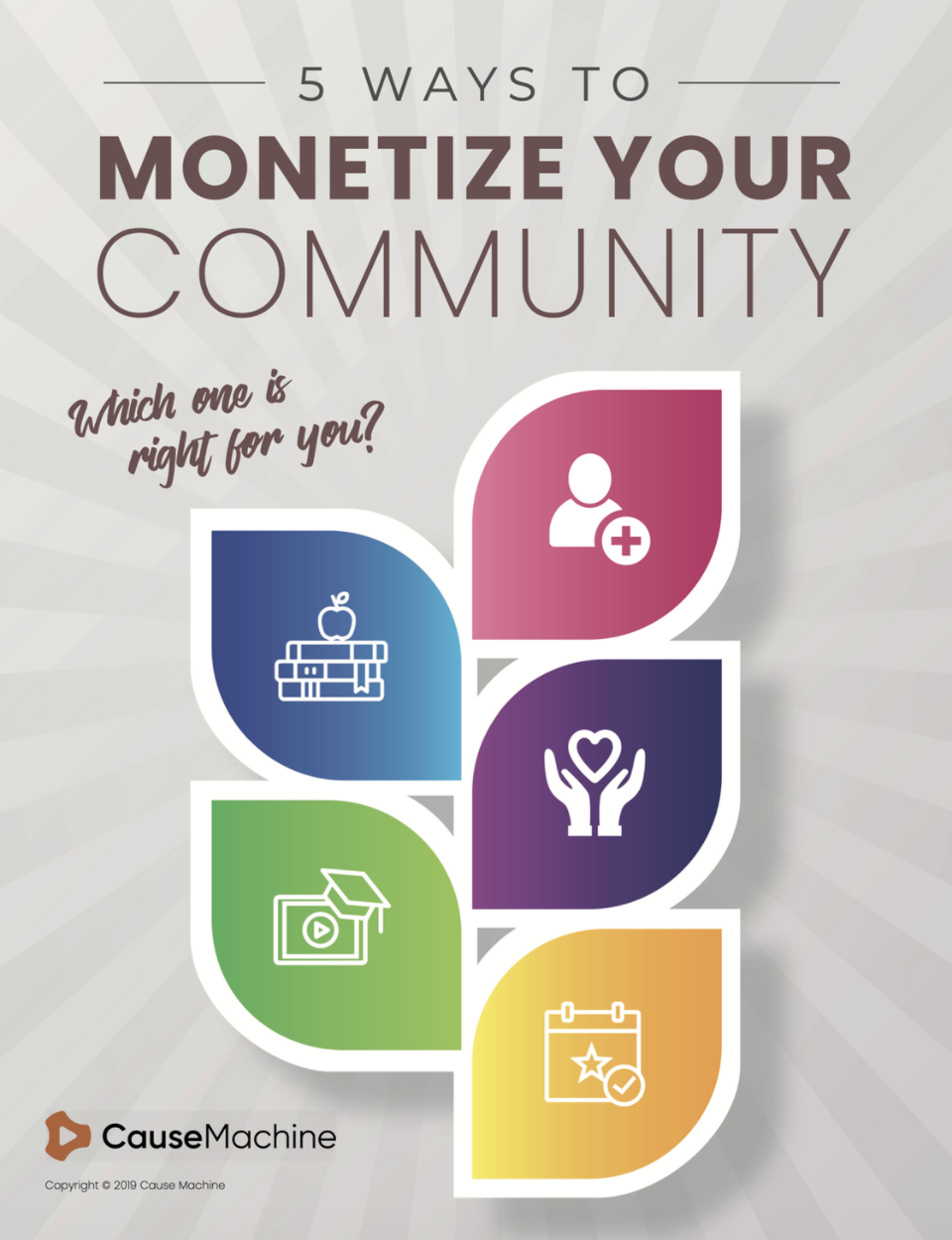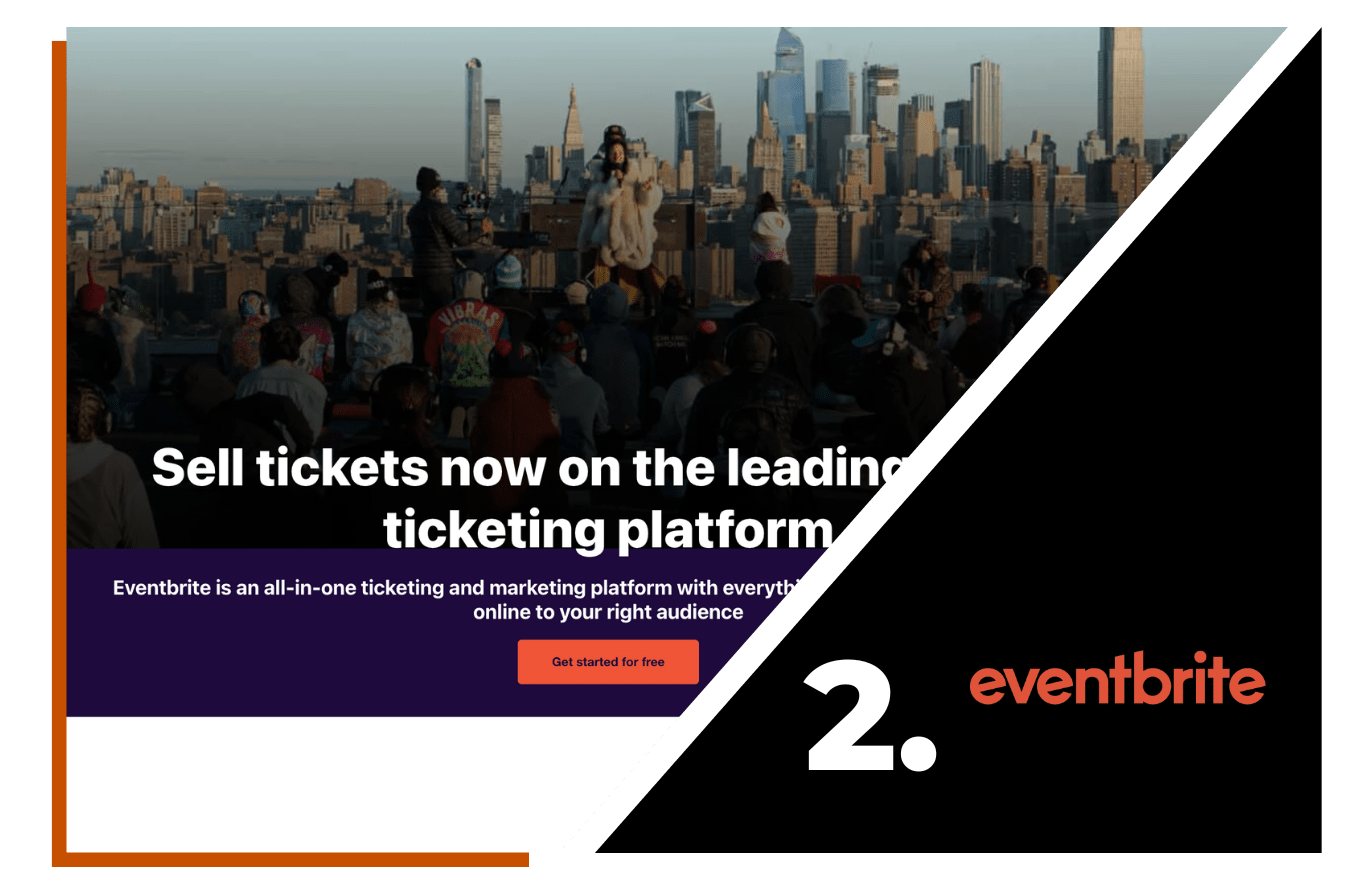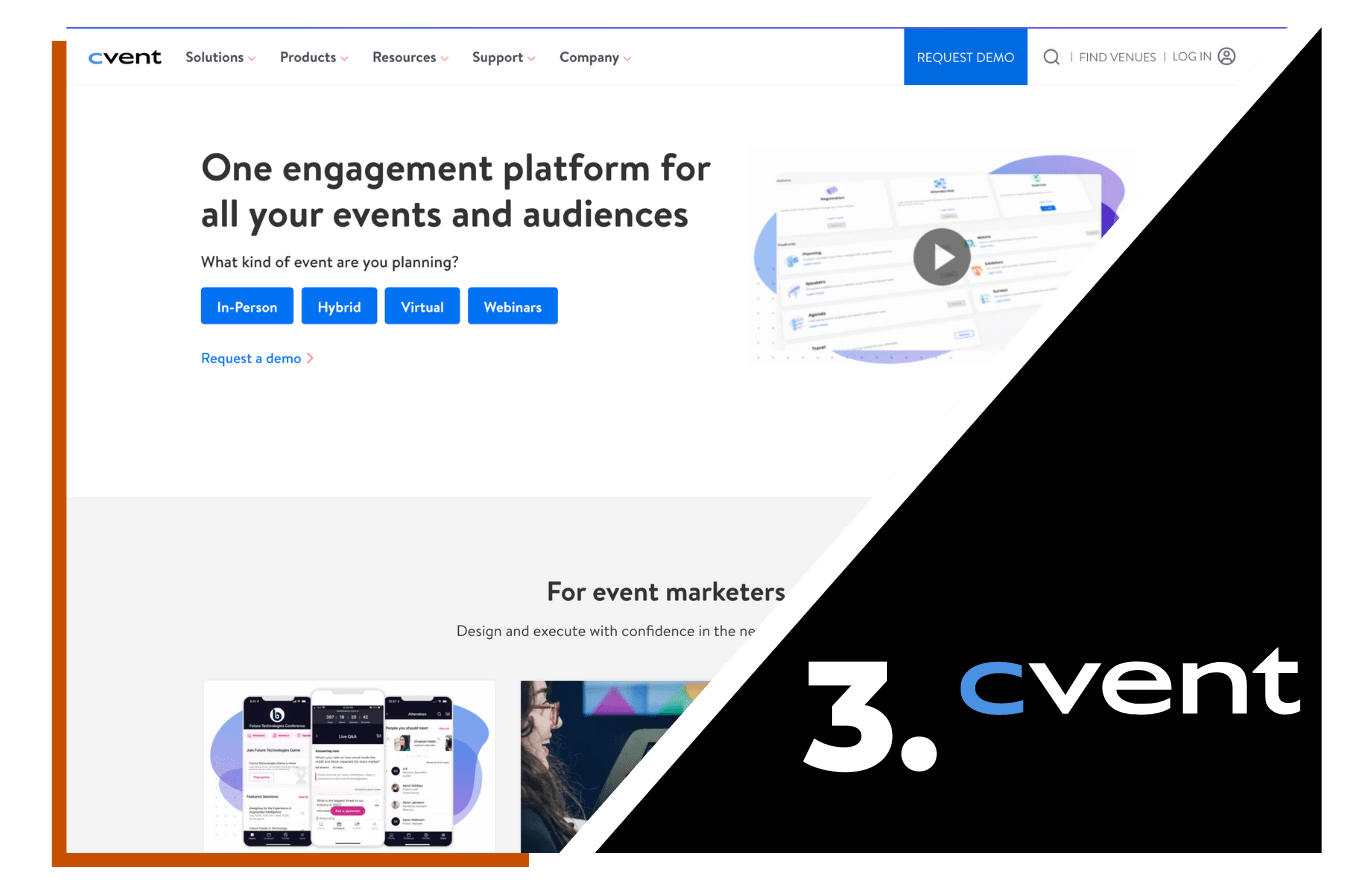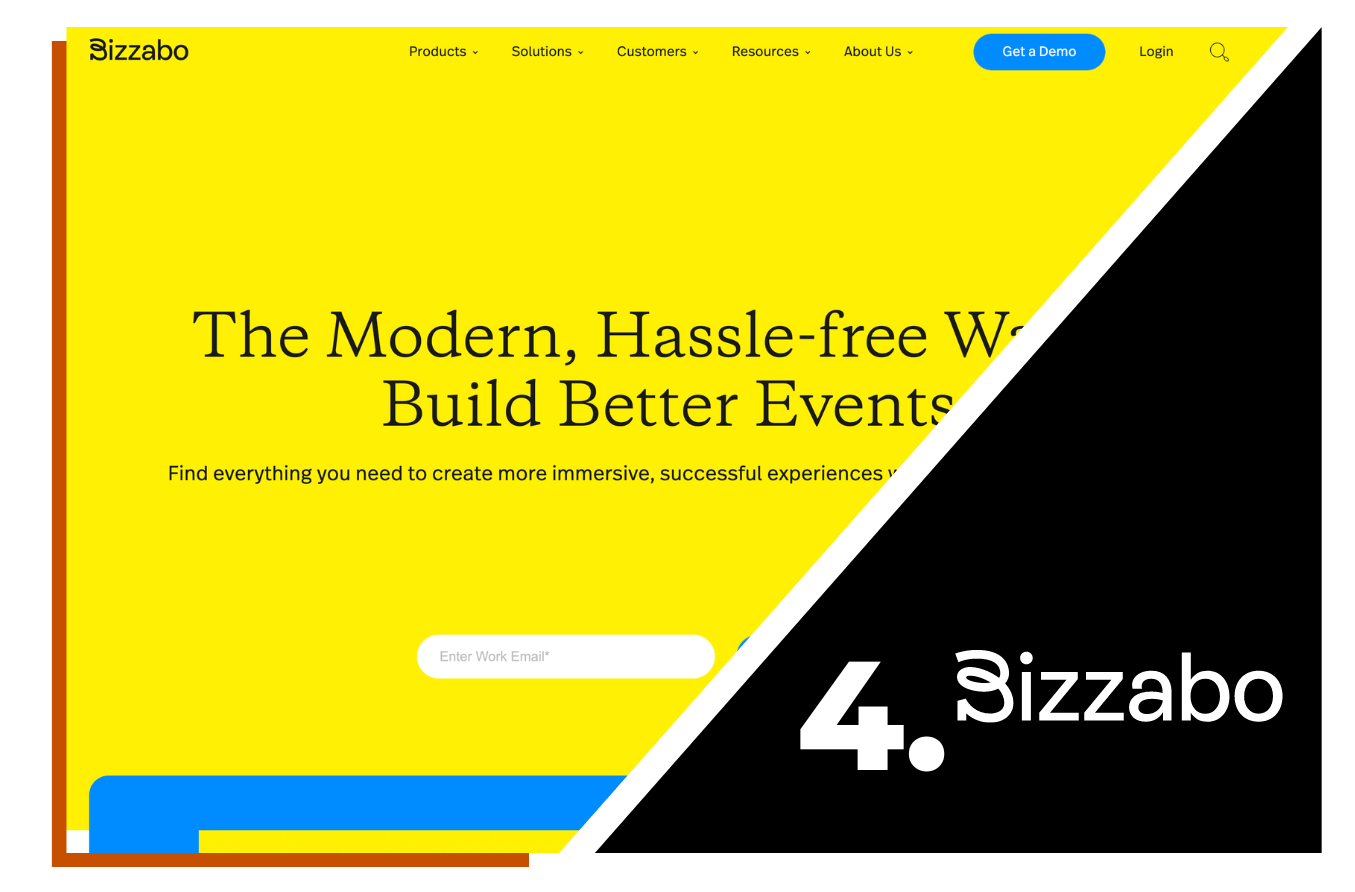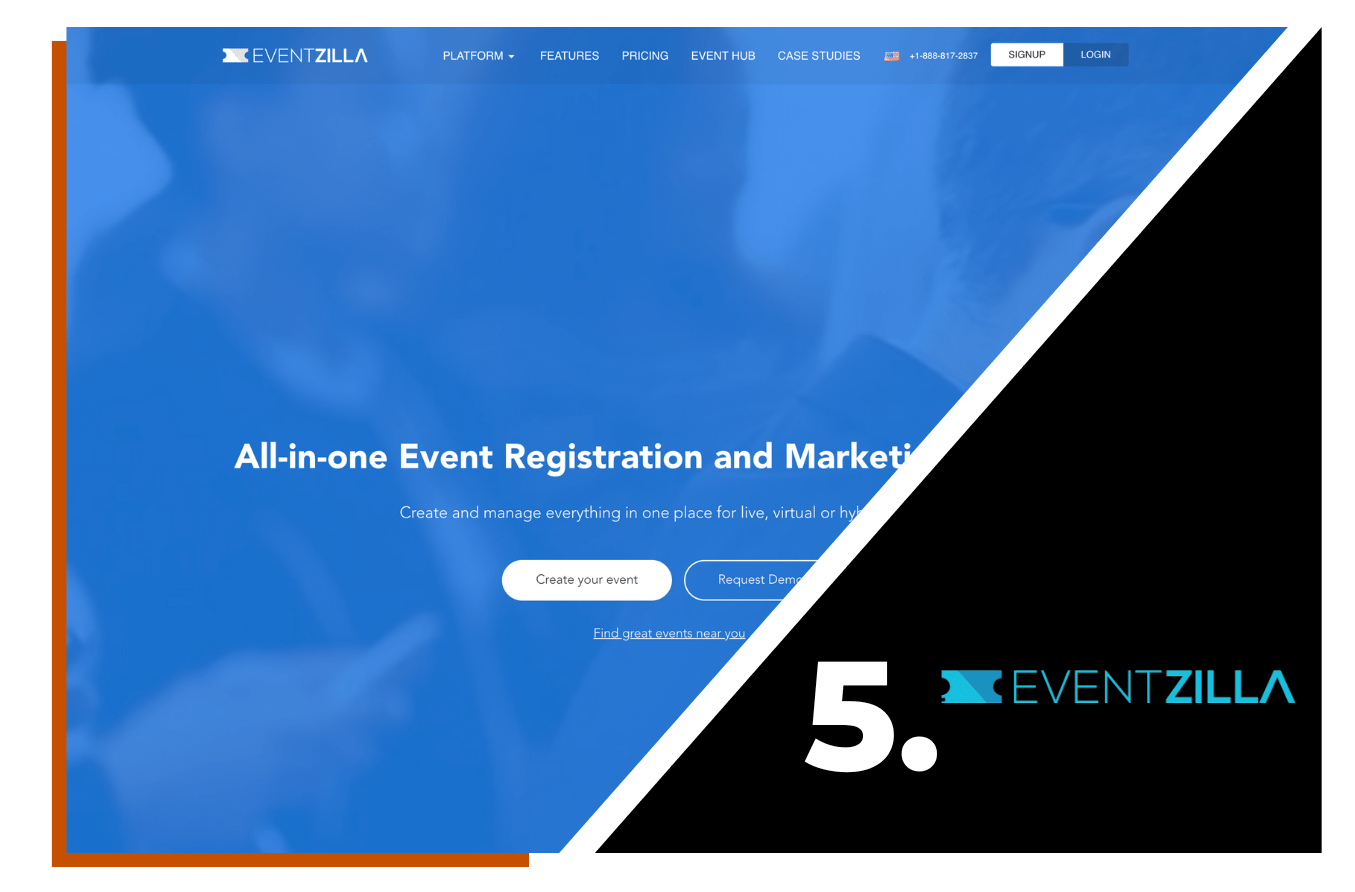What is Digital Engagement?
Building a Member Pathway

Here is a simple truth that’s both powerful and most always forgotten… your members need a path to follow. They are desperate for a path to follow. And your leadership and stewardship demand you create a path to follow. Yes, it’s that important.
Big picture… you’re guiding people from having no idea who you are/what you offer to be deeply invested and an advocate of your vision.
A Member Pathway is simple the journey they will follow as they engage in your community and what you offer them. These are maps with intricate detail and nuanced side paths to make sure you capture and guide people well. Let’s start with a few components of a Member Pathway and then talk about how you build and use this.
-
Visual - these are visual, not just a list of engagement points, but a visual map that charts the full engagement map from first exposure to your picture of thriving.
-
Spider Web - this map is going to be messy at first and look like a spider web of paths. That’s good and normal… you’ll refine in time. Embrace that it looks like a spider web of opportunities.
-
Going Off Path - don’t just map the perfect journey… also capture where people are going to go off the path and leave your desired destination. This is important to help prevent that and have tools there to bring them back on the path.
-
Not Linear - while we often want to make these paths linear… they are not! It’s good to have a general linear pathway, but be open to how messy and non-linear this might evolve.
-
Access Anywhere - it’s also easy to want to see people walk a path from start to finish, but you have to take into consideration that people come in at various stages and maturities. Build a path where people can come in at various stages.
Always remember that it’s more important to think in steps for your members over programs and destinations… every engagement should be a next step.
I believe the best way to build a Member Pathway is to get a large sheet of poster board or a large whiteboard and start mapping out all the pathways, nuances, tributaries, off-ramps, etc. Ask others to help you build this for where you are guiding your people.
Once you’ve sketched your Member Pathway, then you’re ready to start putting this to action. Here are a few ways to bring that to life in your organization.
-
Transfer to Software - now it’s time to move this from a sketch drawing to something a bit more professional. There are various software systems to help with this. I personally love Whimsical as a simple tool to build these types of flow charts.
-
Refine with Others - take your newly designed pathway and hash it out with others on your team and your constituents to refine the concept and what might be missing.
-
Evaluate Your Process - take time to look at all of your member engagement processes and pathways to explore how you might refine and align to this newly crafter pathway.
-
Evaluate Your Technology - review your technology solutions to see how they are helping and automating your Member Pathway. They should be complimenting this and not working against your desired path.
Have fun building your Member Pathway and implementing it. I’ve seen this done so many times and the excitement and clarity it brings has always been amazing. Yes, there are going to be some pieces that are overwhelming about this… that’s normal. Take a bite at a time and enjoy how you are better guiding people to success.
Cause Machine Solutions
The entire Cause Machine platform is designed around the concepts and goals of Member Pathways… working to guide members one step at a time to what’s next. The platform helps you build pathways per membership tier and guide those members to better ways to connect and engage. Guiding people through a path is part of the very framework of the platform and the vision we have for guiding people well. Schedule a demo today!
The Nurturing Pathway

So what is a nurturing pathway? I define a Nurturing Pathway as the journey you are guiding someone through to help nurture them around your vision. When you think of nurturing, you think of caring and stewarding someone as they become a better person. You think of a mother with a newborn. You think of a father caring for a child who was hurt. You think of a teacher training and equipping their students.
In a digital environment, a Nurturing Pathway is similar in its feel but different in how it’s executed. You are looking for ways that you are guiding people to their next step and helping to see them grow. A Nurturing Pathway is an internal strategy to meet people where they are and help guide them to what’s next.
I have unpacked the concept of a Member Pathway in other areas… this is different. A Member Pathway is how you are guiding someone through the stages of becoming a member and the various membership maturity stages. A Nurturing Pathway sits right on top of the Member Pathway but this specifically looks at how you are caring for them at each stage… or nurturing them. Another way to look at this is a Member Pathway is how you are moving someone to deeper engagement and through your various tiers. A Nurturing Pathway is about the development of the person and who they are becoming.
Let’s spend some time unpacking what this looks like.
-
Think Coffee Shop - I believe one of the best ways to get your mind around what true nurturing looks like is to put yourself at a coffee shop across the table from a person at this stage and think about what you would talk about with them. Map that out and then explore how to leverage technology to help bring that to life.
-
Drip Campaigns - You are going to have key triggers of activity that can launch specific communication series. Drip campaigns are excellent ways to nurture someone who has just made a decision. Remember that every decision has some level of doubt in it so you’re working to help remove someone’s doubt while helping them know exactly what comes next.
-
Picture of Success - Build a picture of success… not about your success but their success. This is a time to paint a picture of exactly what you hope success looks like in their life and on their journey. This helps you build a baseline and goal as you consider how you are nurturing this person.
-
Put Yourself in Their Shoes - Take time to put yourself in their shoes and think about how you would want to be nurtured, guided, spoken to, resourced, and encouraged. Think about frequency, tone, collateral, personalization, and quality. You’re not doing something to someone… you’re doing something for them.
You don’t have to spend a ton of time building your Nurturing Pathway, but it’s still very important… especially to help frame our strategies around the betterment of our people. Take time to map out with your team a simple Nurturing Pathway and continue to build on it.
Cause Machine Solutions
Cause Machine is designed to help guide people to greater engagement within a private community. The platform helps you implement your Nurturing Pathway and helps automate a number of ways for people to be cared for well in a community. Schedule a demo today!
The Four Questions to Assess Technology Need

Ah, the great question of when, where, and how… or even why to use technology. So obviously, we’re a technology company but I hope you can hear us loud and clear… the greatest desire in our technology is that it moves people AWAY from the community and INTO relationships with other people. We really do believe that technology is a means to strengthen your community, it’s not the end goal. So let’s tackle these one at a time.
Why should we leverage technology in our community? For Scalability
The most significant reason is to allow technology to allow you to scale and grow your reach, impact, community, and engagement. It’s a tool and when used properly, it can help accelerate the work you’re doing. You know on Mario Kart where your car drives over those arrows on the group and it propels your vehicles faster ahead? Well, that’s the picture you should have for what technology does for you.
How should you leverage technology? For Better Member Experience
There are so many ways to leverage technology but where I want to focus our attention is to challenge you to leverage technology in the space where it betters the experience for your community member. There are all kinds of backend systems you could leverage and those are the ones your business will lean to adopt. But your leadership must guide the ship to find tools that better the overall experience for your members.
When should you leverage technology? When You Have a Plan
There’s no great answer to this question other than “when the time is right” but here are some thoughts. If you go too early then might tackle more than you can chew. If you go too late then it’s difficult to infuse. So I recommend that you have some beta testing done already with your community via Facebook groups, Google docs, events, discussions, etc. and most often, one of two things are going to happen. First, you’re going to feel the pain of needing to be on a platform or second, you’re going to crest a critical mass of people (usually around 200) where you want to better organize their experience.
The most important thing though is to have a plan. Technology is designed to serve your strategy so be sure to have your strategy is place so the technology can serve you. If you jump too quickly into technology without a plan, you are most certainly going to get frustrated. Technology solves nothing without your plan… then it can be amazing.
Where should you leverage technology? Holistic Member Experience
The best way to answer this question is everywhere… well, everywhere that creates a great member experience. Consider how all a community wants to engage - they want to attend events, have discussions, view resources, be educated, and make connections. Dream for a moment on what makes your community a success and then explore how technology can bring that all to life in a more dynamic or scalable manner.
Cause Machine Solutions
Cause Machine is packed full of tools to help you scale your community - tools like event management, member directories, organization directories, job boards, groups, discussion boards, e-courses, and stories. The entire system is designed to help you maximize your community engagement strategy. Plus we have countless resources to better educate and equip you to lead your community well. Schedule a demo today!
7 real-life ideas for how to monetize a blog that actually work
 by Will Rogers
by Will Rogers

If you’ve been blogging for any real length of time, you know there’s a bunch of bad ideas out there for how to make money from blogging. You know the ones. It’s the same folks who’ll tell you it’s quick and easy to blog and make a fortune.
Well, there’s another ditch to run face-first into as well: the it’s-too-tough-to-make money from blogging. Here’s the deal: not long ago, it used to be super difficult to make any money from blogging. Remember all of the disjointed tools? Then there was the cost of all of those disjointed tools. And, you pretty much needed an advanced degree to actually use the expensive, disjointed tools.
Nowadays, many folks make money from blogging. And, honestly, lots of people don’t. How much money can you make from blogging? Answer: it depends. I’ve heard stories of bloggers who report making millions of dollars per year—or better yet—while they sleep. While other bloggers make, actually almost 90 percent of bloggers, make an average of less than $10,000 per year.
I have no idea where you are on this scale or where you want to be. But, you’re here, which means you’ve probably been blogging for a while and figure it’s time to go pro. Another guess is you have a decent amount of page views. But, you also get that a lot of barriers exist - you’re crunched for time, you don’t have a ton of money to throw at this whole thing, and you probably don’t have the technical expertise that’s necessary for running all of the different systems it takes to be even a little bit successful (see my rant above about disjointed tools).
Anyway, you’re here. You’re looking for help. You understand the challenge is not can you monetize, but how? Maybe you already know some folks who are making money blogging. So you aren’t questioning that. But, you have no idea where to start related to how to monetize a blog. Which approach is right for you? When should you start said approach—right this second or wait until you have one billion followers? And, let’s say you start within the hour and you make a few bucks. What now? At what point will you know if this whole thing is actually working?
There are a bunch of methods you could use to monetize a blog. I’m not pretending this post is exhaustive by any measure. But, my hope is the following list will either remind you to try one of these ways—or—jumpstart your thinking and try one or more of them out for your blog.
Here are seven (7) real-life ideas for how to monetize a blog that actually work:
1. Affiliate Marketing
Affiliate marketing is the process of earning a commission by promoting other people’s (or company’s) products. There are many different affiliate marketing networks to use. One of the biggest affiliate marketing networks Amazon. Point is: you find a product you like, promote it to others, and earn a small percentage of the profit for each sale you make.
2. Advertising
This can happen a lot of ways. One great way is selling advertising to businesses because your blog has a good number of page views.
3. Selling digital products
Selling digital products on your blog might mean selling anything from eBooks as short as a few pages. As long as it’s helpful, there’s often a market for quick and helpful eBooks. But, it’s not limited to this. You can also sell any resource that’s helpful to your audience. It could be any content you can put into a PDF. Write it down and sell it!
4. Selling courses
Depending on your audience and the content you create, you should consider creating courses to walk your followers through step-by-step on how to do something or get better at something else. You might not think you are online course material but you might be surprised. We often ask people what they find themselves explaining to others all of the time. There you have it! That's your course.
5. Selling Services
Consider what questions your readers are asking you all of the time. Can you package some consulting services and sell them? What about your teaching or facilitation? What if you trained others in how to do something in person or online? One of our clients offers services to onboard new clients and has packaged these services to be simple, understandable, and yes, even desirable.
6. Sponsorships
This idea is not often thought about. But, consider selling sponsorship placement on your blog. This could mean selling sponsors on any of the above mentioned ideas or on certain pages of your blog. As long as the brand or sponsor fits yours and they want your audience to see their business, you have an opportunity to sell sponsorships. That actually is you “making money while you sleep”! : )
7. Membership
I’m not going to lie. This isn’t easy. But, if you have the traffic and you’ve written lots of content, then it might just be time to consider creating a space and content that your readers have to pay to access by membership. We've seen many learn to how to take their communities digital and grow their memberships or tribes launch a membership program - both with great success. One community has built a community of tens of thousands of individuals which turned in to over 800 groups around the world. This is when membership has some real teeth.
Now that you have seven ideas you’ve either been reminded of or thinking about for the first time. What now? How in the world will you decide which one to do? And when? Well, I mentioned that I’m here to help!
So, here are three questions you can ask yourself right now to help you pick the right method for you:
1. Which monetization method is reasonable to achieve today (and not sometime out in the future)?
2. Which method gets you the most excited?
3. Do people trust you as a guide?
Now, here’s the biggest secret: Don’t overcomplicate things.Your natural tendency, because this is your passion—will be to overthink it. Don’t! At this stage, it’s way more important to just get started. Just start. Pick one of these ideas and run. You’ll figure it out on the way. I’ll be right here to help as you learn. Remember, to try and fail is to learn. Try some one idea. Even if you only make a few dollars, that’s better than nothing. You never know what might happen after that. Who knows, one of these ideas might actually work in your real life.
Need more help monetizing your community?
You want to have a significant impact on the world AND generate revenue. In order to do that you need valuable resources and a means to deliver those great resources. Download the free eBook: 5 ways to monetize your community.
About the author: Will Rogers is the Founder and CEO of CauseMachine. Will’s career has been spent leading organizations and helping to mobilize communities to shared vision. He has served in various leadership roles to build community engagement and movements teaching him valuable hands on skills and experience. Will has developed business and community engagement strategies for dozens of organizations in nearly 50 countries. He and his wife have two sons and now live in Kentucky after two decades in Colorado.
Event management software for nonprofits [Best of 2023]
- Community
- Marketing
- Measures + Reporting
- and 1 more...

For any nonprofit organization, events are a big deal. Landing somewhere between the lifeblood and litmus test, each one is simultaneously the best chance to promote your mission, network with potential supporters, and raise funds. But as important as they are, running an event management software for a non-profit can be very challenging.
So many things must be skillfully addressed, from promotion and registration to ticketing, day-of communication, seating, and more. That’s why having the right event management software is so important.
Discover how Cause Machine can help you manage events and keep attendees engaged in between.
The right event management software for nonprofits helps ease a painstaking process, getting more people in the door and making the event itself impact attendees. These days, event managers know the right tools can even help raise more money, simply because the event-going experience is so much better. Ultimately, if your business has an all-in-one solution event management software that will let donors know your nonprofit has its act together, it's worthy of support.
Here are 5 things you should look for when choosing event management software:
-
Mobile responsive website design
-
Easy registration and promotional tools
-
Engaging and authoritative day-of communications
-
Highlight speakers and exhibits
-
Convert attendees into community members
- Host virtual events
The best event management software for nonprofits [Top 5]:
1. Wild Apricot
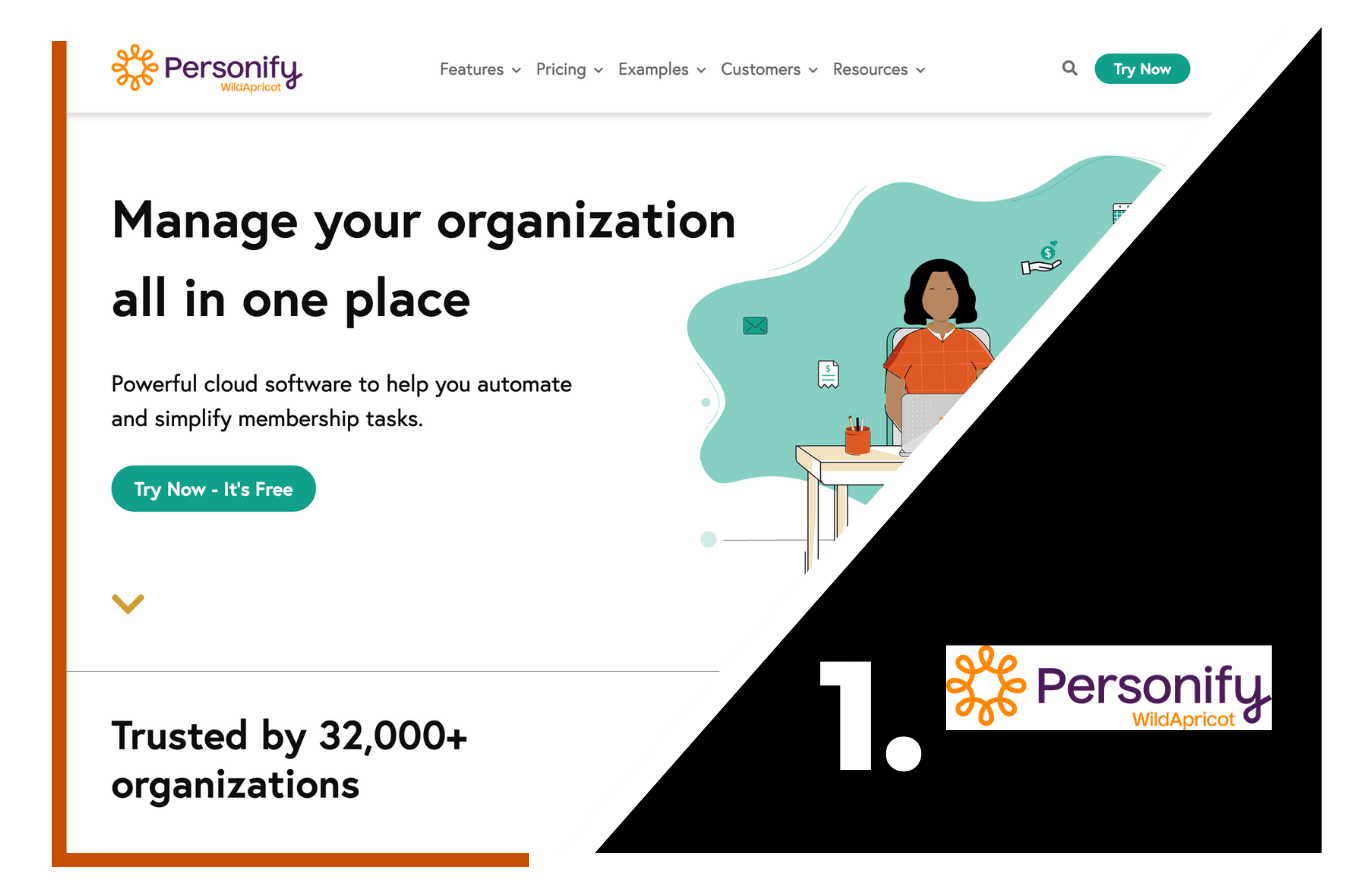
Wild Apricot is an event management platform meant to de-mystify the hosting of a nonprofit event, from website creation to payment processing, email reminders and post-event reporting.
Key Features:
- Free app featuring mobile registration and payments for users
- Fully searchable contact database for managers
- Easy to use website builder
2. Eventbrite
Already a trusted name in the event space, Eventbrite also offers software tailored to nonprofit needs. Along with a free registration app, managers can employ Eventbrite's full suite of promotional tools.
Key Features:
- Easy to use and trusted by both managers and attendees
- Built-in marketing and promotion tools
- Ticket sales on your own site
3. Cvent
Sometimes effective event management comes down to effective time management, and in that case, Cvent can help. This software automates many of things needed to run a successful event, so you can focus elsewhere.
Key Features:
- Automated marketing, registration, and analytics
- No need to be a techno-wizard
- Workflow management
4. Bizzabo
Bizzabo is another useful example of event management software for nonprofits, aimed at impressing attendees in the run up, and thrilling on the day of. But what about after everyone goes home?
Key Features:
- Website builder with smooth ticket selling and registration
- Mobile compatibility with user-friendly feel
- Hybrid events
5. Eventzilla
It’s true that any event can become a monster, but with Eventzilla, managers can minimize the carnage. This full-service software handles everything from ticketing to reserved seating.
Key Features:
- Mobile or print-at-home ticket
- Barcode scanning and registration
- Seemless checkout
Whatever event management software for nonprofits you choose, it’s sure to make your next event run smoother – and help improve results. But for something so essential to nonprofit success, the right platform is key.
Get Started With Cause Machine
Starting with a community engagement strategy is the secret to building a successful platform in the long term. Cause Machine helps customers build the plan of engaging a community well and then begin mapping out the technology to help support that strategy. We’re certain that you’ll find some great resources and powerful tools in Cause Machine to better engage your community. Learn how it can work for you here.


